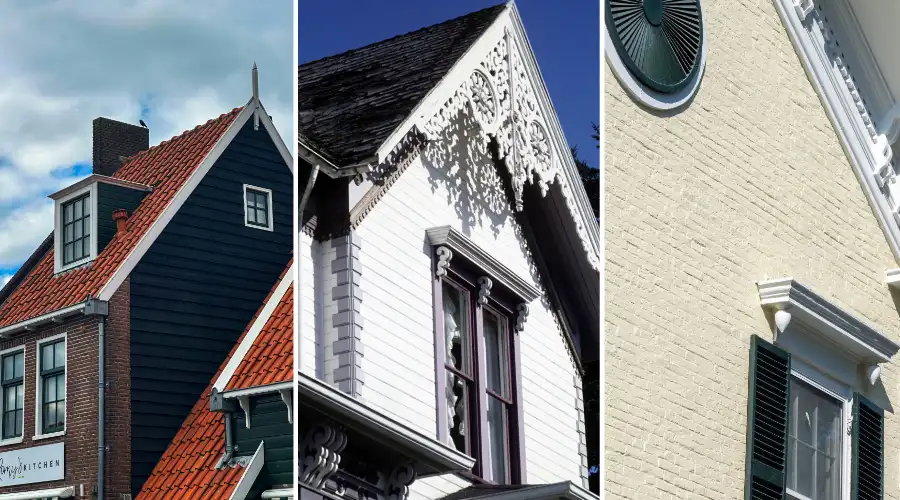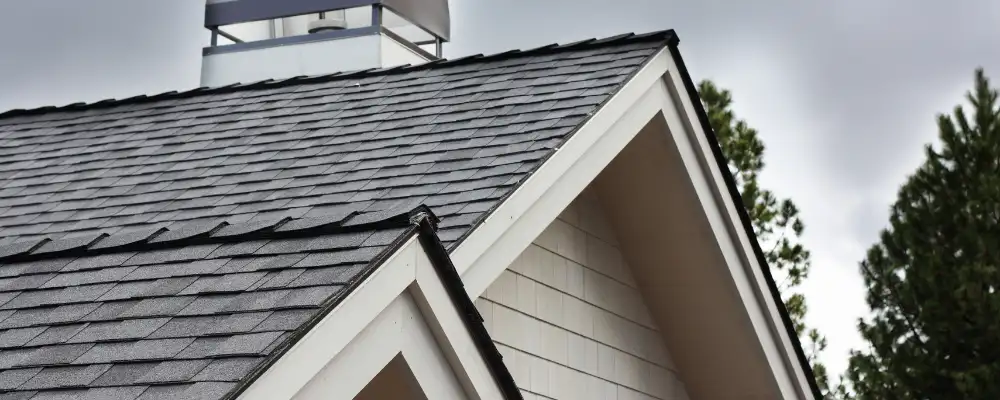Among multiple construction features, house eaves play a major role in the overall design and the functionality of a home. These elements are generally so simple that many people overlook them, but they are crucial to a building’s safety and longevity. Apart from the functional aspect, eaves offer the potential for exterior wall decoration in various styles and shapes, ranging from traditional patterns to the latest aesthetic designs. Through the use of an appropriate style, the installation of eaves can result in an artistic as well as a safe exterior for the building.
What are House Eaves?
Eaves are the section of the roof projecting out of the walls of a building, covering the edges of sloping roofs. They are a necessary part of the whole roofing system and prevent the natural elements, such as rain and snow, from negatively impacting a home. The main function of eaves is to guide rainwater away from the building and thus, prevent the walls and foundation from becoming waterlogged or damaged by corrosion at a later stage. Moreover, the supply of shade by eaves can reduce the temperature inside a building by regulating the penetration of sun rays, thus providing a host of comfort.
Thus, house eaves do not offer only structural advantages, but are also sustainable in terms of energy, and these factors together improve the long-term durability of the building further.
Functions of House Eaves
- Weather Protection: Eaves direct rainwater away from the wall, foundations and other building elements. Therefore, water damage, erosion, and moisture infiltration are prevented.
- Energy Efficiency: Eaves provide shading to both walls and windows, protecting them from direct sun rays that bring in the heat of the summer days. Reducing heat gain or transfer means lowering energy bills.
- Aesthetic Appeal: Clean sightlines are best achieved by ending a roofline with a long overhang and eaves, adding curb appeal and aesthetic appeal.
- Ventilation: Exposed eaves of open design or those with soffit vents significantly improve the flow of fresh air into attic spaces, thus removing existing moisture and preventing mold growth.
Types of Eaves

1. Closed Eaves
A closed eave is tightly secured from below with soffits or panels; thus, it can look neat and smooth. This eave provides an efficient barrier since pests and debris won’t be able to penetrate it. It is, however, not very good in terms of roof or attic ventilation. Closed eaves offer a simple, yet attractive solution and are perfect for those who focus on both beauty and effective resistance to bad weather.
2. Open Eaves
With open eaves, the lower parts of the roof, including rafters and/ or beams, are visible, which gives the building a more exposed aesthetic. Such eaves make it easier to ventilate the upper floor, but require certain efforts and regular maintenance to keep dust and pests from collecting there.
3. Boxed Eaves
This eave is closed by soffits on the inside, whereas on the outer side, it is left open for ventilation. This type of eave combines aesthetic appeal with effective protection from the weather and air circulation.
All of these different eave types have different uses, and the choice between them will be influenced by the house’s architectural style, the region’s weather and the required functionality.
Types of Eave Materials
The following are the materials commonly used for roof eaves
- Wood
An old-school material, wood gives a cozy, traditional look and can be painted or stained to match the outer part of your house. On the other hand, it requires high-maintenance as it needs to be protected from rot, pests, and weather.
- Vinyl
Being tough and not that heavy in terms of maintenance, vinyl products are waterproof, UV-resistant, and bug-proof. They can be found in different colour shades and designs, hence, less trouble and longevity are guaranteed.
- Aluminium
Aluminium eaves are not only durable and resistant to rust and corrosion, but also easy to install and maintain. Such eaves can be repainted/ coated according to the house’s colour, thus allowing for versatile looks and functions.
- Fiber Cement
Fiber cement, which contains cement, sand, and cellulose fibers, is a high-quality, fireproof, low-maintenance product. It can be as splendid as polished wood and at the same time be high in performance and long-lasting.
- Composite Materials
A composite of PVC, engineered wood and other such materials can combine multiple benefits of different materials. Such materials often require low-maintenance, yet are aesthetically versatile. They are very durable and can withstand various weather conditions. They are also toxin and fungus-resistant, and are perfect for creating a green environment in modern homes.
Challenges with House Eaves
- Maintenance: Eaves can be a potential place of gathering for debris, especially the open ones. Regular cleaning and maintenance are required to keep them in top condition and prevent them from getting damaged.
- Pest Attraction: Open eaves serve as perfect places for birds, insects, and other small animals to nest, which makes it difficult for homeowners to be careful about the infestations.
- Structural Challenges: If the installation of eaves has been done incorrectly, it can lead to issues like water seepage, leakage and mould development. These issues can lead to structural failure when left untreated for prolonged periods.
Design Considerations for Eaves
While designing eaves, various characteristics have to be examined to ensure that the functions and the aesthetic appearance meet the required standards. These include
1. Roof Overhang
Eaves overhangs should be of a certain length to ensure good protection of the walls and foundation from rainwater. The typical widths of the overhangs are 12 to 24 inches, though it would be best to get advice from local professionals who know the climate and the roof that is most suitable for it.
2. Climate and Weather
In areas where there is extremely heavy rainfall, the eaves have to be longer than normal because higher quantities of rainwater need to be diverted away from the building. Eaves in tropical countries should shade the walls and windows and thus minimise the impact of the sun’s heat.
3. Ventilation
Units with open or boxed eaves generate a continuous airflow that is required in the attic and thereby prevent the formation of moisture, also increasing energy efficiency. Appropriate soffits and vents are to be installed to promote air exchange.
4. Aesthetic Integration
The conformity of the eaves with the overall architectural style of the house is a basic requirement; therefore, the eaves should match the architectural design of the house. For example, the house could either have truss- or beam-ends exposed or a smooth look.
5. Maximising Building Durability
Opt for materials that require minimal care but are also strong and can easily endure the impact of environmental factors.
Essential Maintenance Guidelines for House Eaves
Consequently, periodic cleanings are very much necessary to avoid the items that are responsible for clogging and result in the running over of water that destroys the roof as well as the foundation. This process involves:
- Inspection: Inspect the eaves for any signs of damage resulting from extreme weather conditions or changes in the seasons. Faced with sagging, cracks, or loose fasteners, timely fixing is advocated to avert further trouble.
- Cleaning: Regularly clean the gutters, fascia, and soffits to ensure unobstructed water flow and to avoid the accumulation of mildew and molds.
- Protection: Be sure that the material for eaves, for example, wood and vinyl, is of high quality and long-lasting. The other option, in case of wooden eaves, is to apply a coat of protection to avoid the wood rotting and decaying quickly.
- Ventilation: Ensure that ventilation remains unblocked. A continuous air flow in the eaves keeps the attic dry and healthy by preventing moisture buildup.
- Pest Control: Do a thorough check on bird or insect populations that might decide to take their shelter inside open eaves, and take preventive measures not to let them in.
Conclusion
To sum up, house eaves have the following purposes: they keep the weather in check by preventing rain and snow from getting into the house and thus strongly contribute to energy efficiency. They resist the formation of humidity, make it possible for air to flow through the attic, and serve as an important part of the water management system of the building. In addition, intact and well-functioning eaves secure the home from decay, provide a cozy indoor environment, and emphasise the architecture of the entire building. Eaves are thus important elements of homes, particularly those with sloping roofs.

